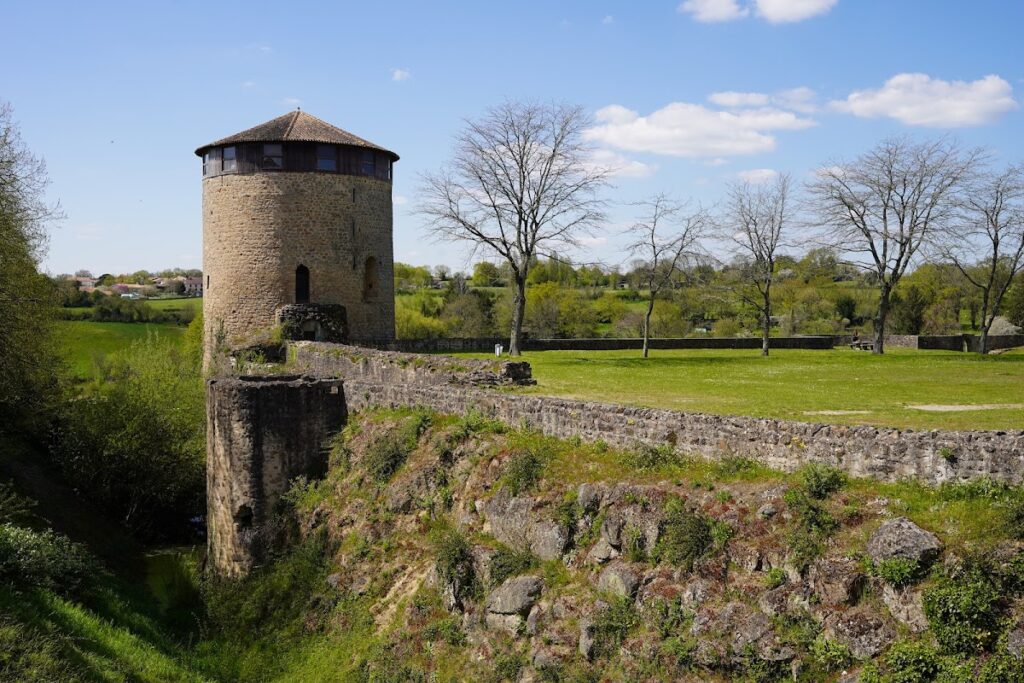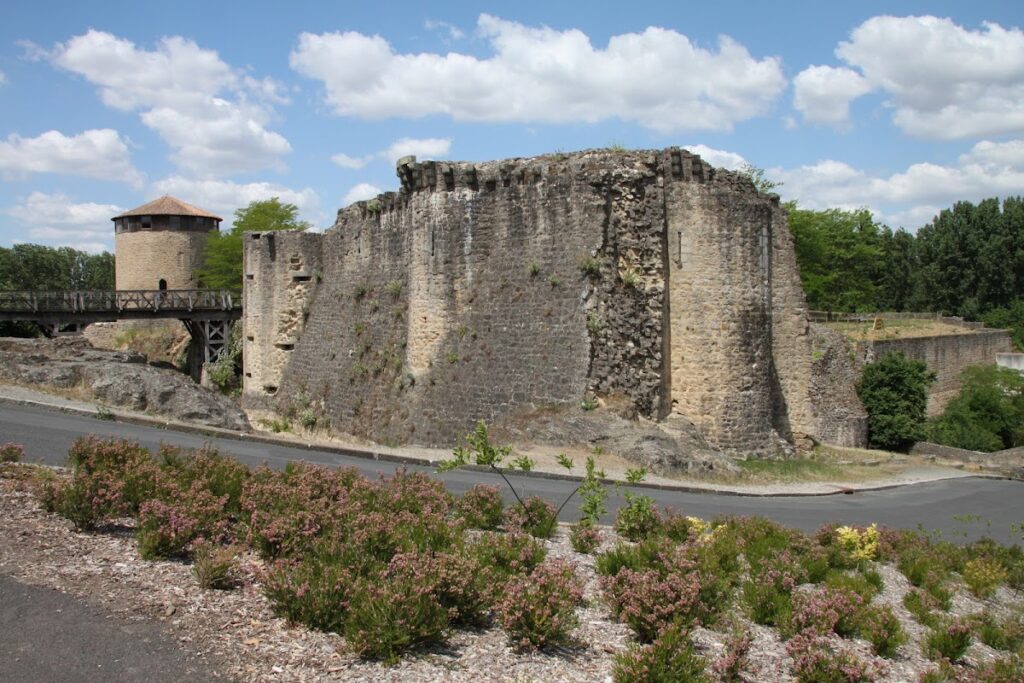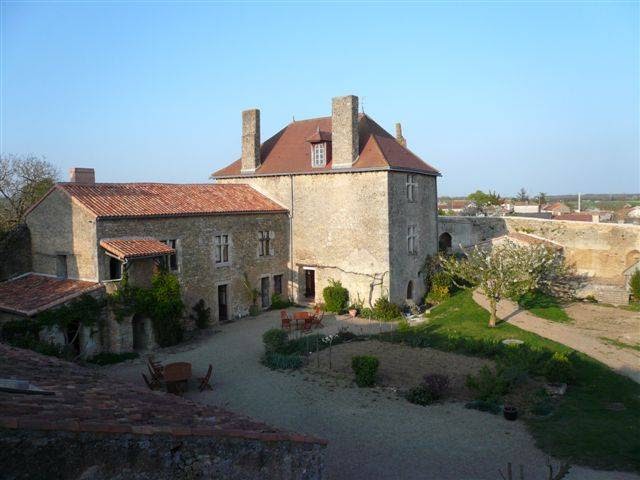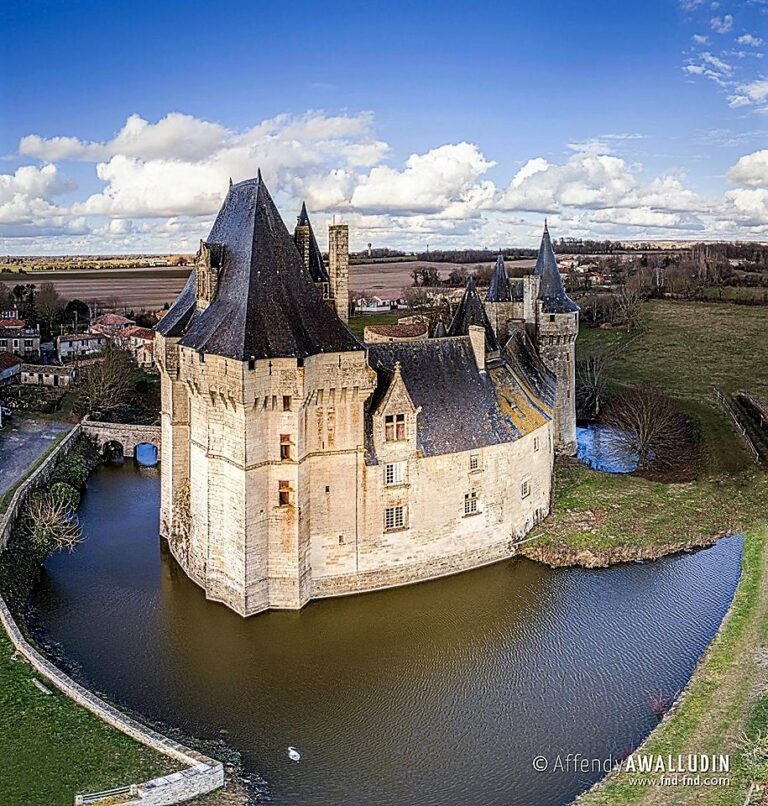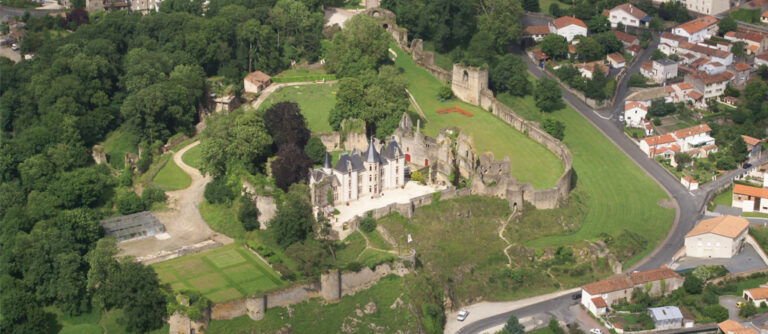Château de Parthenay: A Medieval Fortress in France
Visitor Information
Google Rating: 4.4
Popularity: Low
Google Maps: View on Google Maps
Official Website: www.parthenay.fr
Country: France
Civilization: Unclassified
Remains: Military
History
The Château de Parthenay is situated in the town of Parthenay, France, and was constructed during the medieval period by local feudal lords. Archaeological evidence indicates that the site was occupied from at least the 10th century, marking its early importance during the Middle Ages.
Military construction at the location began in the early 13th century, around 1227, when the initial fortress was established to secure the strategic crossroads near the town. This positioning was crucial, as the castle controlled key routes connecting Poitiers to Nantes and Thouars to Niort, overseeing a bend in the Thouet River to the east. Over the following decades, fortifications were expanded and strengthened to protect this vital junction.
Between the 12th and 15th centuries, the castle was closely associated with the Larchevêque family, a powerful noble house from the Poitou region. Their lordship maintained the fortress’s prominence amid the shifting political and military landscape of medieval France. Throughout its history, Château de Parthenay withstood multiple sieges involving royal and princely forces, testifying to its strategic and symbolic significance through centuries of conflict.
Further alterations to the fortress took place in the 15th century, reflecting evolving defensive needs and architectural styles of the late medieval period. The site remained fortified and functional until its demolition in the early 19th century, specifically in 1830. From the late 20th century onward, efforts to preserve the castle’s remains led to official protection as historic monuments beginning in 1994.
Remains
The remains of Château de Parthenay sit atop the northern edge of a natural platform that extends roughly 440 meters in length and varies from 130 to 180 meters in width. This elevated site overlooks the valley below, providing a commanding view of the surrounding area. The fortress’s layout reflects medieval military design, with robust stone walls, defensive towers, and multiple enclosures arranged along the plateau.
Among the surviving structures, a prominent large round tower stands out, likely serving as the castle’s donjon or main stronghold. This tower has undergone restoration and represents one of the best-preserved elements on the site. Extensive sections of the city’s defensive walls and towers also remain but at a reduced scale, their original heights diminished over time.
At the Boulevard de la Meilleraye, numerous fragments of ramparts and horseshoe-shaped towers are visible, showcasing the castle’s layered defenses. A secondary defensive enclosure fortified the main walls on both eastern and western sides; foundations of horseshoe-shaped towers can be found near Rue du Moulin to the west, and close to the Calvary near Boulevard de la Meilleraye on the east, marking these additional protective works.
The Saint-Jacques Gate, a former city gatehouse, displays distinctive architectural features with two almond-shaped towers flanking the entrance. Above the pointed, pointed (ogival) vaulted gateway, machicolations—openings through which defenders could attack enemies below—are clearly preserved. This gate and adjacent rampart sections overlook the Thouet River, indicating their role in securing the town’s riverside approach.
Beneath the castle’s citadel, the route of the Vaux Saint-Jacques pilgrimage path continues after crossing the Thouet River by means of a fortified bridge. This bridge retains two almond-shaped towers, further illustrating the integration of religious and military infrastructure in the area.
Together, these features reveal a complex defensive system that adapted across centuries, combining natural terrain with carefully constructed fortifications. The surviving ruins provide a tangible link to the site’s medieval past and its strategic importance in regional history.
